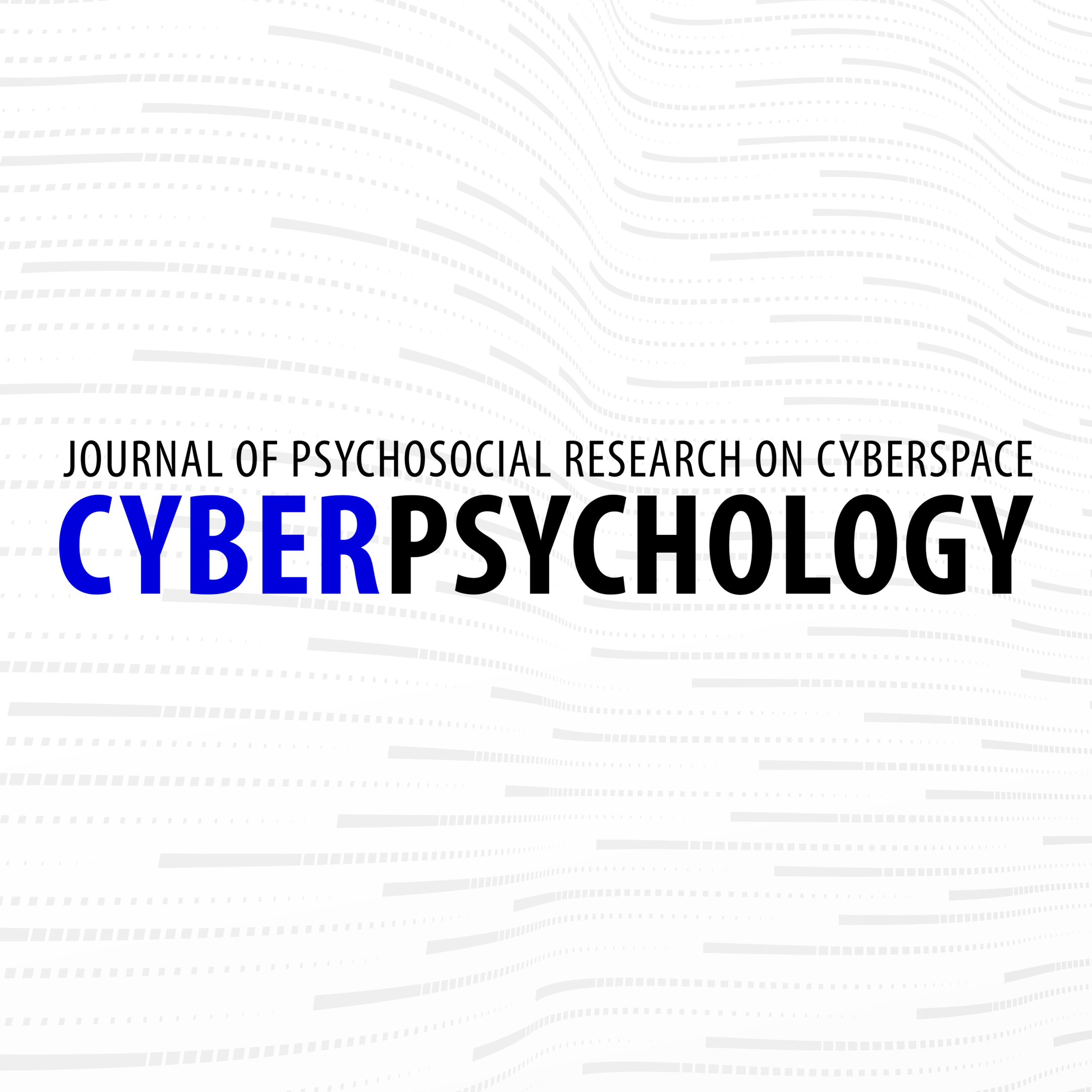
Cyberpsychology
The use of the internet is a normative phenomenon associated with problems for younger people. The dysfunctional risks are those in which there is a problematic use of technologies that generates negative consequences. General Problematic Internet Use (GPIU) is the most prevalent, while Internet Gaming Disorder (IGD) and Online Gambling Disorder (OGD) are less prevalent, perhaps because they are Clinical problems and notably more severe. They have been widely studied separately but have hardly been examined conjointly and overlappingly. This study employs a sample with a broad age range including participants across the three stages of adolescence (early, middle, and late) and emerging adulthood. The objectives are to analyze: 1) the overall prevalence of GPIU, IGD and OGD; 2) the prevalence of GPIU, IGD and OGD according to the degree of the reported problem; 3) overlap of GPIU, IGD and OGD. These objectives will be carried out according to the variable sex and stages of adolescence. Cross-sectional and analytical study with 7,295 participants aged between 11 and 22 years. Considering risk, 13.8% of the participants had one or more risks; 11.5% presented at least one risk, 9.6% presented GPIU; 2% presented GPIU and IGD together; in only 0.1% did all three risks overlap. Girls present higher prevalence of GPIU, and boys of IGD, OGD and in all the overlaps. There is a general upward trend in middle and late adolescence versus early adolescence in these risks, which decline in emerging adulthood. These data are discussed concerning their importance in psychoeducational prevention and intervention actions.
- Díaz-López, A., Caba-Machado, V., Machimbarrena, J. M., Ortega-Barón, J., Pérez-Rodríguez, P., & González-Cabrera, J. (2024). Dysfunctional risks of the internet and their overlap in the different stages of adolescence. Cyberpsychology: Journal of Psychosocial Research on Cyberspace, 18(1). https://doi.org/10.5817/CP2024-1-7
インターネットの利用は、若年層にとって問題を伴う規範的現象である。機能不全リスクとは、否定的な結果を生むような問題のある技術の使用があるものである。一般的問題性インターネット利用(GPIU)が最も多く、インターネットゲーム障害(IGD)とオンラインギャンブル障害(OGD)は、おそらく臨床的問題であり、顕著により深刻であるため、あまり普及していない。これらは別々に広く研究されているが、共同で重複して検討されたことはほとんどない。本研究では、思春期の3つの段階(初期、中期、後期)および成人期を迎えた参加者を含む、幅広い年齢層のサンプルを用いた。目的は以下の分析である: 1)GPIU、IGD、OGDの全体的な有病率、2)報告された問題の程度によるGPIU、IGD、OGDの有病率、3)GPIU、IGD、OGDの重複。3)GPIU、IGD、OGDの重複。これらの目的は、性別と思春期の段階に応じて実施される。11~22歳の7,295人を対象とした横断的・分析的研究。リスクを考慮すると、参加者の13.8%が1つ以上のリスクを有し、11.5%が少なくとも1つのリスクを呈し、9.6%がGPIUを呈し、2%がGPIUとIGDを同時に呈した。女子はGPIUの有病率が高く、男子はIGD、OGDの有病率が高い。これらのリスクは、青年期前期と比較して青年期中期および後期には一般的に上昇傾向があり、成人期には低下する。これらのデータは、心理教育的予防および介入行動における重要性について議論されている。
